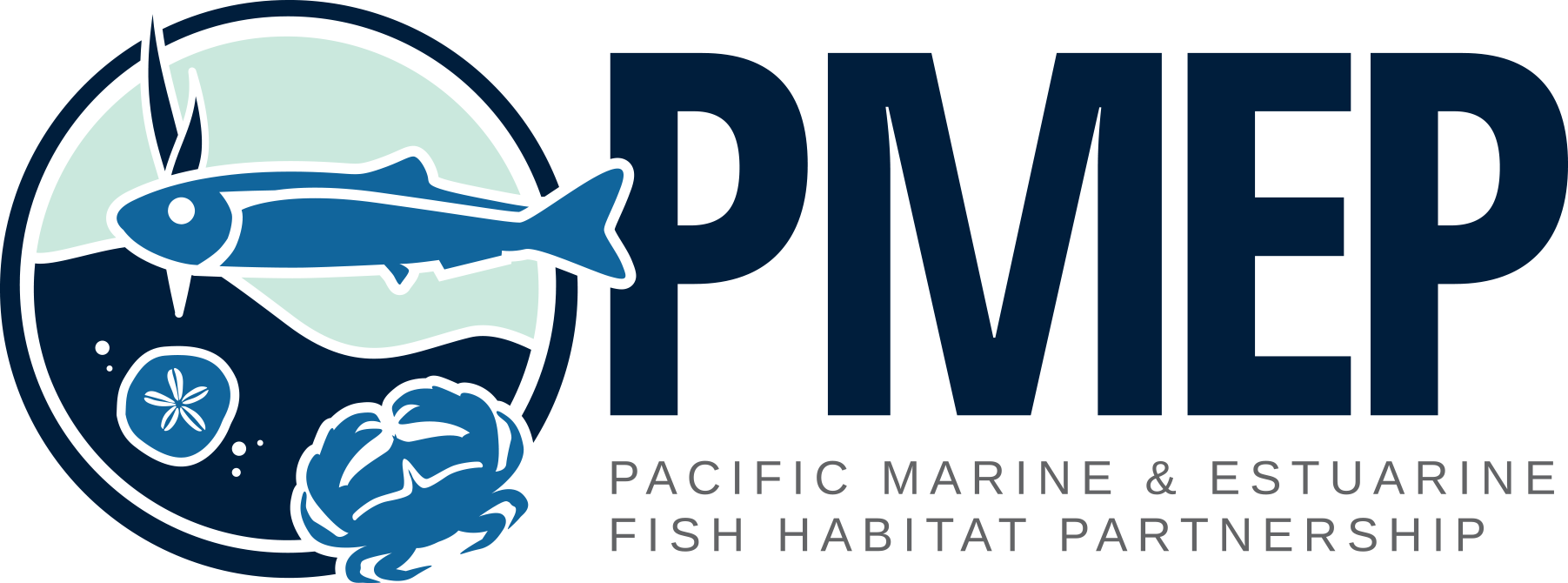PMEP’s new West Coast Estuary and Nearshore Habitat Viewer is available now. Launched at the recent American Fisheries Society meeting, this new interactive tool combines our estuary datasets with our new nearshore habitat datasets into one easy-to-use platform. The Viewer supports users importing their own spatial data as well as data readily available at ArcGIS Online. Combine these with the PMEP data layers to compare, overlay, and synthesize information to support resource management, habitat conservation and restoration goal setting. PMEP data layers are also available for download. Find the Viewer and PMEP data HERE.
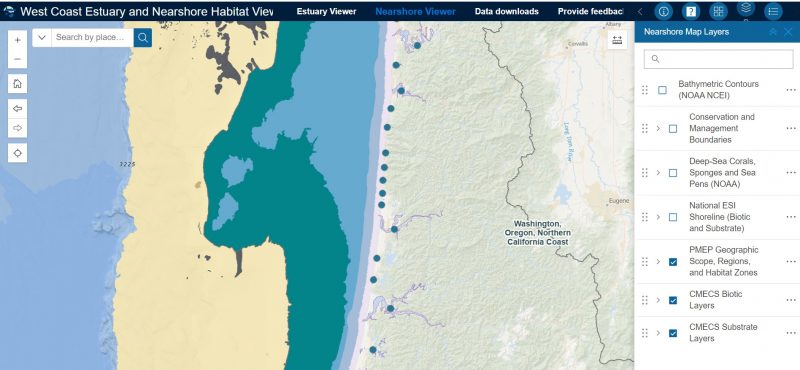

- September 6, 2024
- Joan Drinkwin
- Uncategorized
- 0 comments
Come learn about PMEP and other fish habitat partnerships around the country at the American Fisheries Society meeting in Honolulu. We’ll be participating in a symposium Tuesday highlighting the National Fish Habitat Partnership and multiple fish habitat partnerships. The session, Local, Regional, and National Collaboration to Conserve Aquatic Habitats, runs all day in room 307AB.
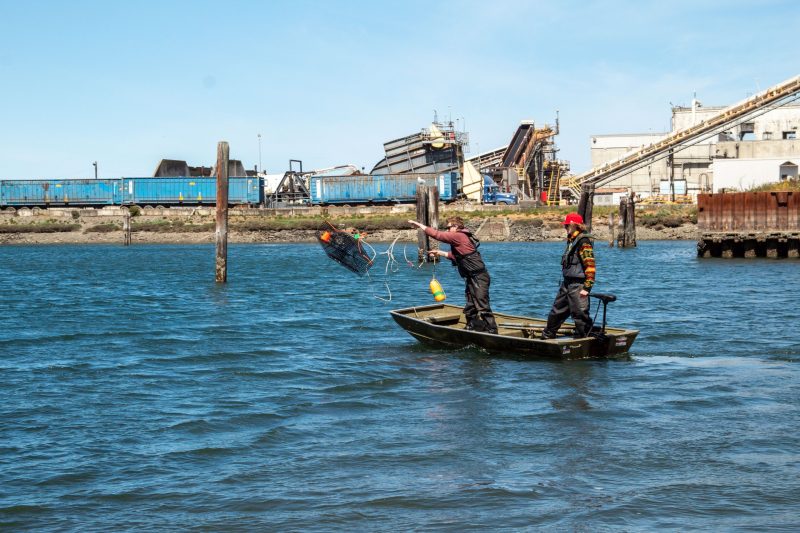
- August 14, 2024
- Joan Drinkwin
- Funding
- 0 comments
PMEP is proud to support the Lower Elwha Klallam Tribe’s Biological Assessment of the Ediz Hook Lagoon with funding from the National Fish Habitat Partnership. The Tribe will conduct field surveys to determine fish and shellfish use of a 28-acre estuarine lagoon at the base of Ediz Hook in Port Angeles, Washington. The project will provide an assessment of what species (fish and shellfish) are present in the lagoon, along with continuous water quality data to inform future restoration/clean-up activities.
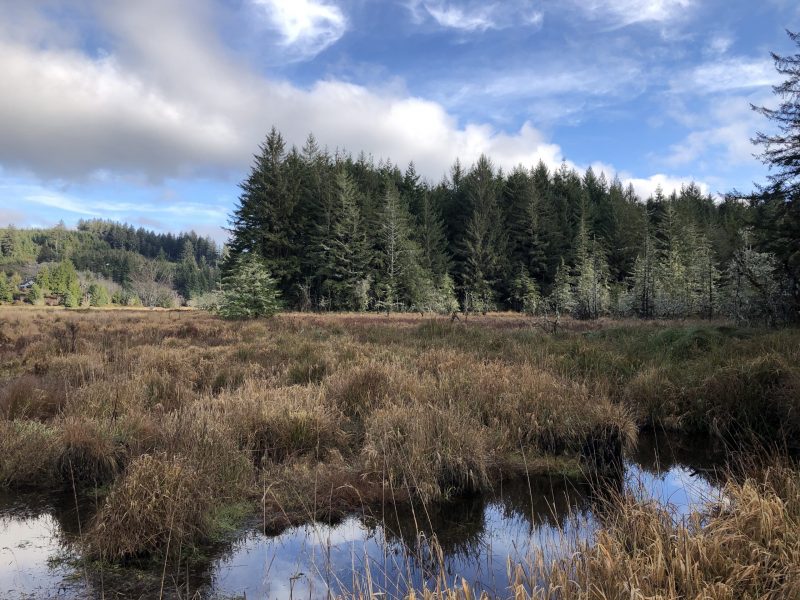
- July 30, 2024
- Joan Drinkwin
- Announcement, Funding
- 0 comments
PMEP is thrilled to provide FY24 National Fish Habitat Partnership funding to the Midcoast Watersheds Council to complete the design of its Bayview Oxbow Tidal Restoration in Alsea Bay, Oregon. When constructed this project will restore tidal conditions to one half of an old oxbow of the Alsea River, restoring about 34% of the tidal wetlands that have been lost. It is one of the largest (75 acre) remaining restoration sites on the Alsea.
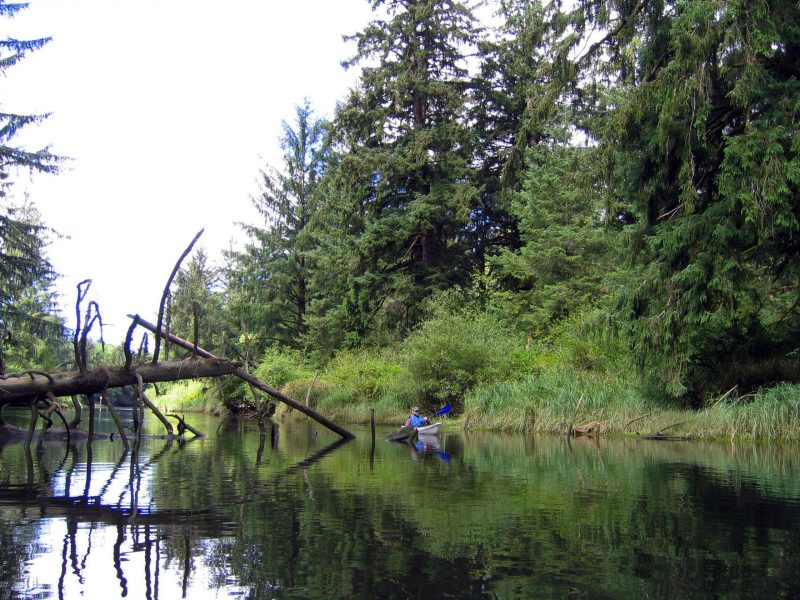
- June 5, 2024
- Joan Drinkwin
- Publication
- 0 comments
PMEP is thrilled to announce the completion of our latest assessment report Restoring Tidal Swamps in the U.S. Pacific Northwest: Information for Restoration Practitioners. Tidal swamps were historically common in the Pacific Northwest but are now rare, having been lost at greater rates than other types of tidal wetlands in many areas. This report provides information on early efforts in the emerging field of tidal swamp restoration, including documentation of 14 active tidal swamp restoration projects in the Pacific Northwest. The report provides an overview of the ecological importance of tidal swamps, the importance of restoring these valuable habitats, and unique challenges that practitioners should consider when approaching their restoration. The report includes information on reference site selection, elevated platforms, reed canarygrass control, large woody debris and channel design, beaver monitoring, and effectiveness monitoring. Find the full report HERE.
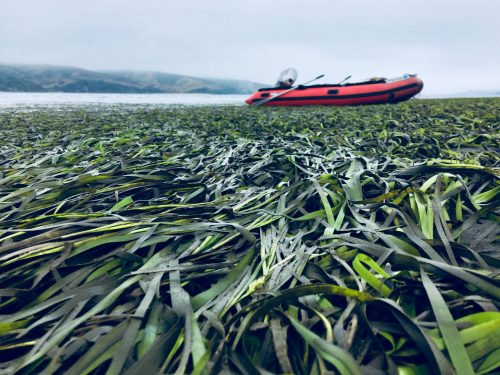
- March 27, 2024
- Joan Drinkwin
- Publication
- 0 comments
In 2020, PMEP commissioned a report Eelgrass Restoratin on the U.S. West Coast: A comprehensive Assessment fo Restoration Techniques and Their Outcomes. The report synthesize eelgrass restoration project successes along the U.S. West Coast and identifies best practices for eelgrass restoration and mitigation. PMEP created a webpage summarizing the synthesis findings and providing guidance for eelgrass restoration practitioners. Drs. Melissa Ward and Kathryn Behishti conducted the reveiw and recently published their findings. Their paper,”Lessons learned from over thirty years of eelgrass retoration on the U.S. west coast” was published in Ecosphere and can be found HERE. The project was supported by Pew Charitable Trusts.
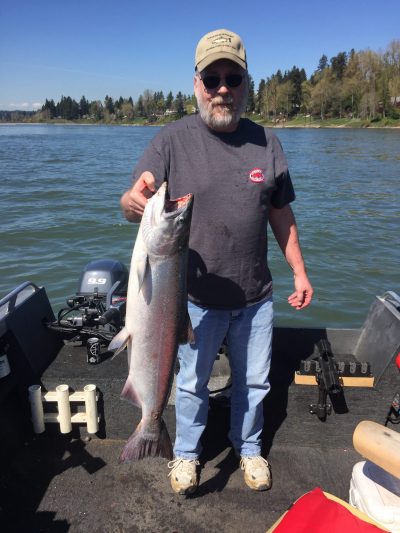
- January 9, 2024
- Joan Drinkwin
- Funding
- 0 comments
The Pacific Marine and Estuarine Fish Habitat Partnership (PMEP) is partnering with NOAA to facilitate proposals for an informal funding opportunity in FY24 for Coastal Fish Habitat Partnership projects that support habitat conservation or restoration and engagement with the recreational fishing community. The total funding available is approximately $150,000.
We are looking for projects that focus on habitat restoration or protection for recreationally important saltwater or diadromous species AND actively engage recreational fishing partners in habitat protection or restoration. This may include, but is not limited to:
a. Direct participation of recreational anglers in habitat projects, including research,
monitoring, and on-the-ground restoration
b. Education and outreach with, by, or for anglers on habitat conservation topics
c. Hosting of an event focused on habitat and recreational fishing opportunity that
engages the recreational fishing community and partners
Sponsors must submit their proposals to PMEP by March 15, 2024 so PMEP can determine its support for the project. Then the project sponsor must submit a completed proposal to NOAA by April 15, 2024.
For the full Request for Proposals and application instructions, go HERE.
Subscribe to our newsletter to ensure you receive announcements of our future RFPs. Subscribe HERE.
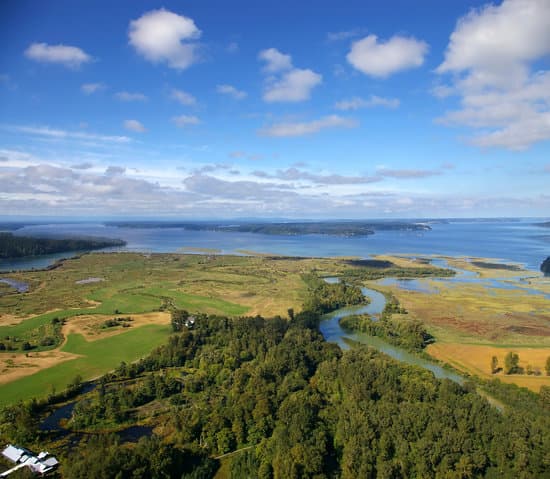
- December 8, 2023
- Joan Drinkwin
- Events
- 0 comments
March 12, 2024
Register HERE.
Exploring the design, methods, and monitoring of estuary restoration along the U.S. West Coast in the context of a changing climate.
This one day virtual symposium will bring together experts in the field of estuary restoration along the U.S. West Coast to explore effective estuary restoration topics.
This is the first of three annual symposiums that will explore a wide range of pressing topics in estuary restoration including:
- Design considerations and restoration methods
- Climate change and estuary restoration
- Monitoring estuary restoration
- Documenting estuary restoration
The symposiums are designed to support estuary restoration practitioners and will include opportunities to share techniques, ask questions, and build a community of practice.
Registration is now open! Register HERE.
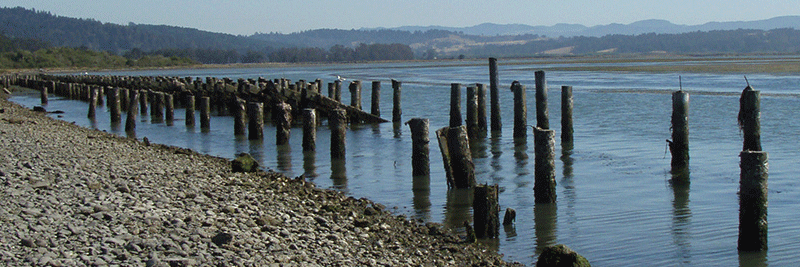
- October 8, 2023
- Joan Drinkwin
- Announcement, Funding
- 0 comments
The Pacific Marine and Estuarine Fish Habitat Partnership (PMEP) requests proposals for projects that restore, enhance, or protect estuarine and nearshore marine fish habitat conservation and restoration along the West Coast. Restoration, acquisition, and assessment projects are eligible. PMEP will award an estimated $250,000-$350,000 in FY2025 for projects that advance its mission. In an effort to fund a diverse portfolio of projects, strong project proposals that request less than $100,000 are preferred. However, proposals of particular merit may be funded at a higher level, at PMEP’s discretion.
The project proposals are due by 5:00PM Friday, December 1, 2023. Project sponsors should assume that funding will be received in Summer of 2025.
Proposals must be submitted online through the Jotform platform.
For more information, access the full Request for Proposals and application instructions HERE
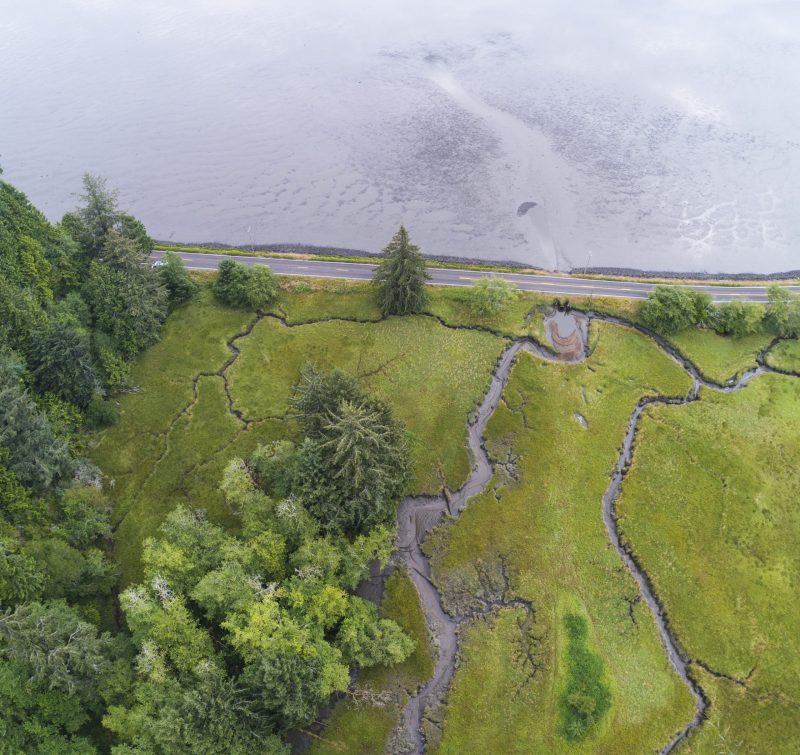
- August 8, 2023
- Joan Drinkwin
- Announcement, Funding
- 0 comments
Flower Pot Creek is a tributary flowing directly into Tillamook Bay. It crosses Bayocean Road, directly before its confluence with Tillamook Bay, at an old, deteriorating, and undersized culvert. This culvert acts as a physical barrier to adequate tidal exchange and a velocity barrier to fish passage during certain flows. Replacing this undersized culvert with a properly sized bridge will increase tidal exchange in the wetland and eliminate a fish barrier. This wetland supports spawning and rearing for Oregon Coast ESU coho salmon, Chinook salmon and steelhead. The Flower Pot Creek Fish Passage and Tidal Reconnection Project, lead by Trout Unlimited, will improve connectivity to approximately 1.4 stream miles and 14.6 acres of tidally influenced wetland. We will replace an undersized, deteriorating culvert with a bridge and streambed simulation. This will correct a fish passage barrier and allow for natural tidal and steam functions to occur. This culvert is highly ranked on the Salmon SuperHwy priority list and the adjacent wetlands are ranked medium-high priority in the Tidal Wetlands Prioritization for Tillamook Bay.
